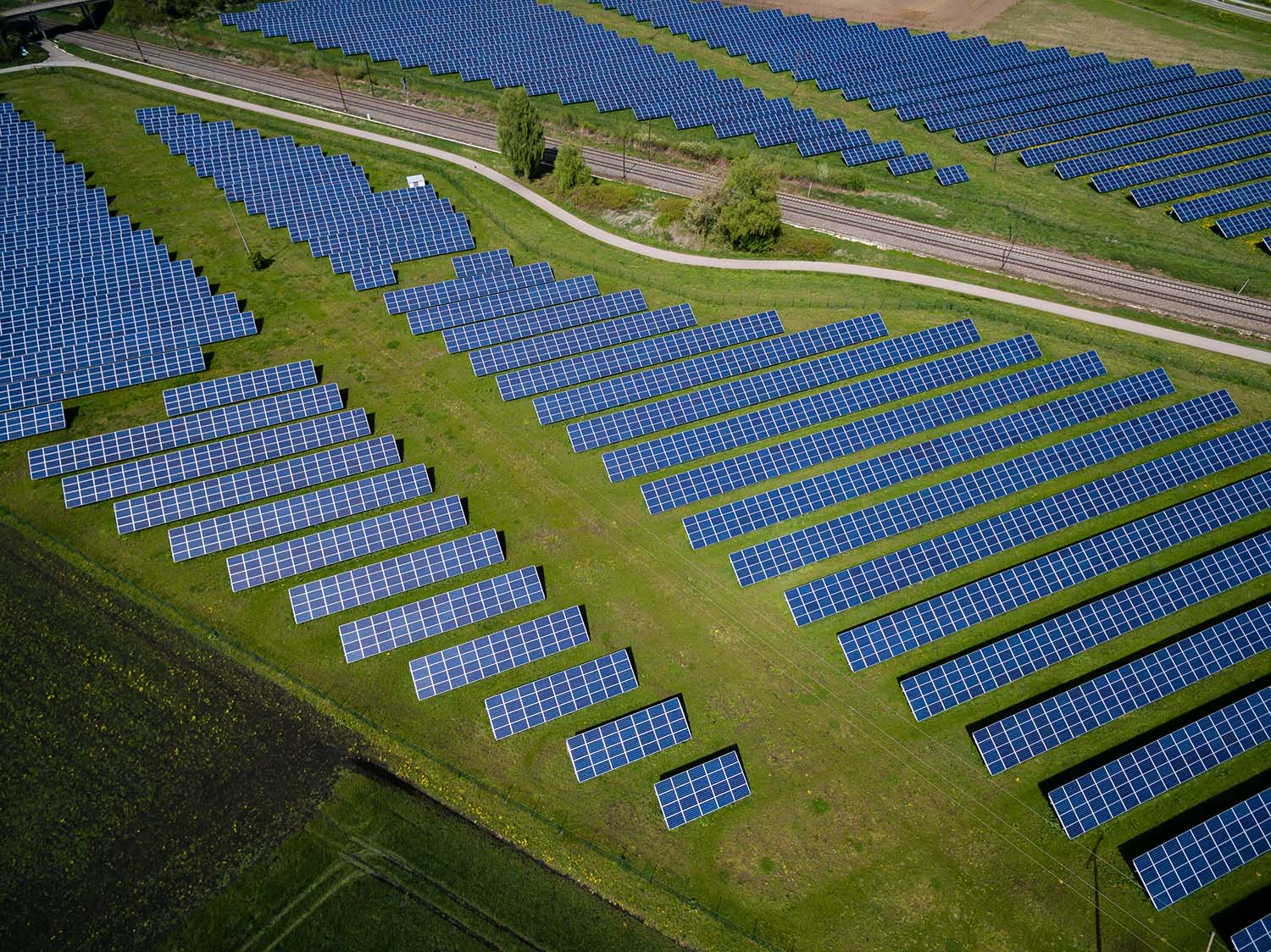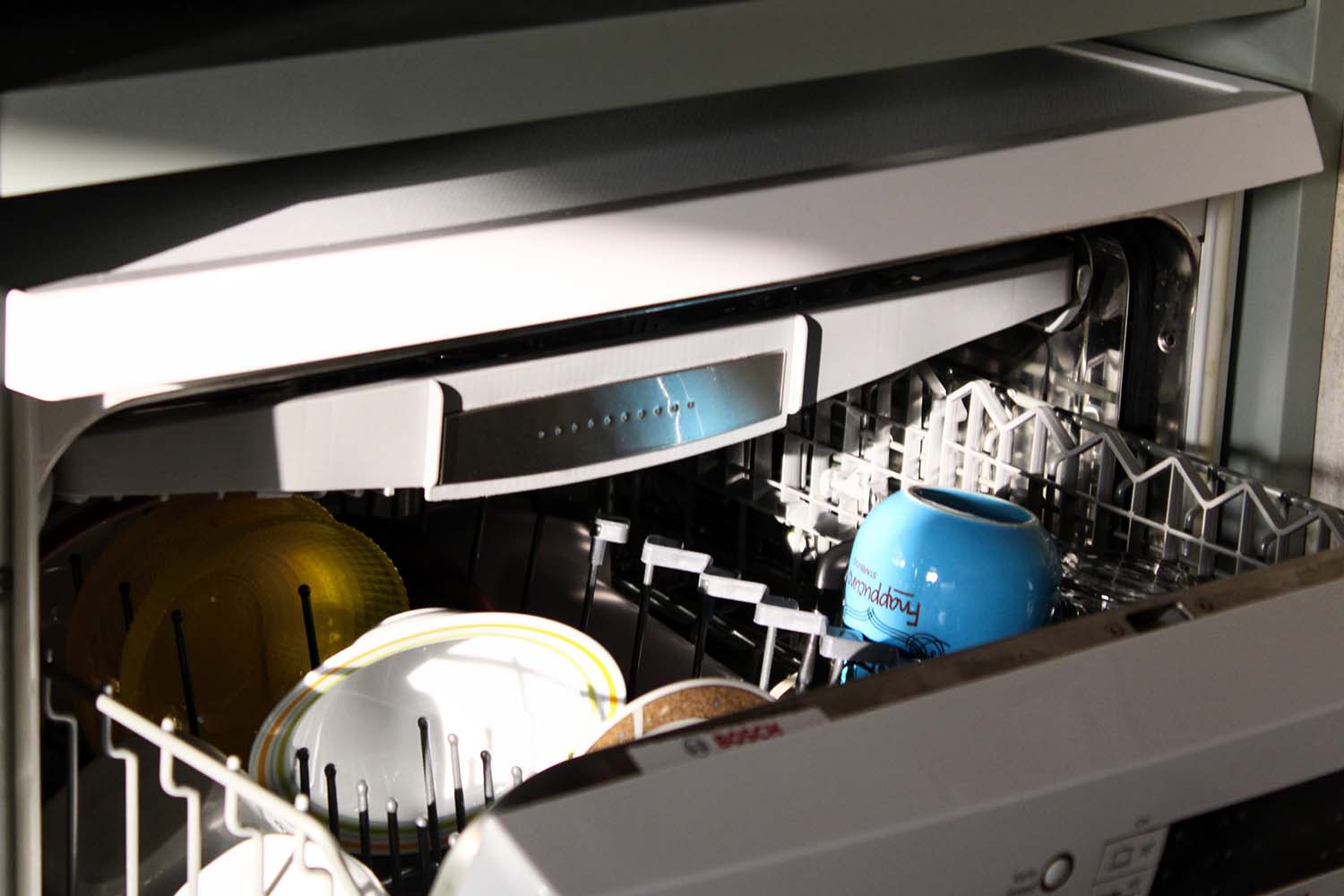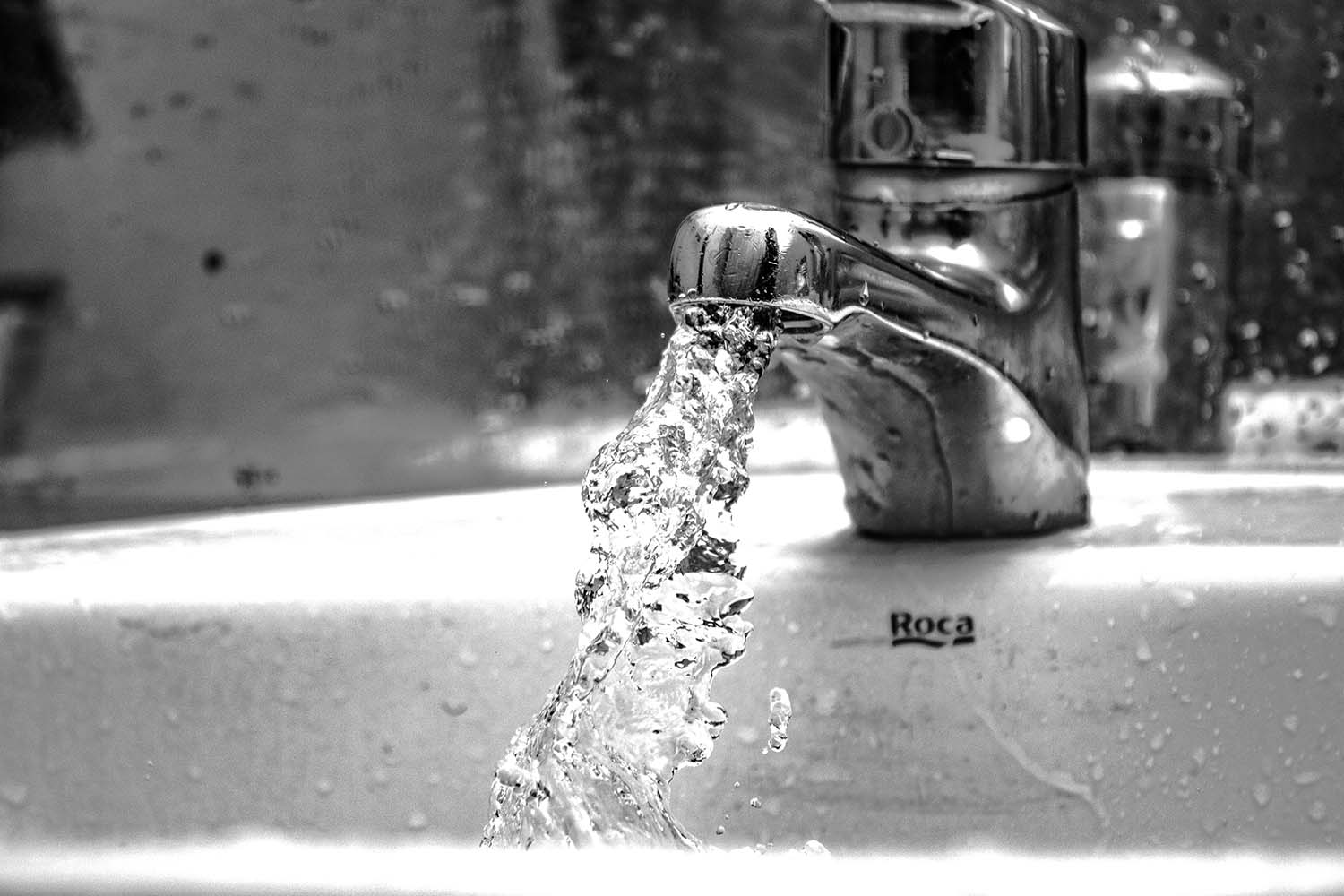Houses account for roughly 22% of all carbon emissions in the UK due to daily activities such as heating, lighting, and using appliances. We’ve all been made aware of our need to find ways to reduce carbon footprint. However, it’s not always as simple as we’ve been led to believe.
The ‘carbon footprint’ has a long and complex history. It refers to carbon emissions from all of your daily activities, such as driving to work, eating, and heating your home. However, it has been shown that the way people travel, whether driving to a location or taking a plane to a vacation destination, is only a secondary contribution to increased carbon emissions. Your home comes before that. This means that each household has a vital role in the fight against climate change and reducing the earth’s carbon footprint.
Although most homes emit a significant amount of greenhouse gases, there are techniques to reduce these emissions and introduce cleaner solutions. So how can you reduce your home’s carbon footprint? Here are a few options to consider.

Photo, Andreas Gücklhorn.
Make the switch to renewable energy
Greener pricing is currently available from energy providers all around the world. Switching to a company that generates power using solar, wind, or hydroelectric energy can help you reduce your household emissions and save money on your energy costs. Installing solar panels in your home is an excellent idea. Not only would you be saving the earth, but you’d also be saving money.
Make sure your home is adequately insulated
Heating consumes more than half of a home’s energy. This means that a home that requires more energy to produce heat would be contributing to an increase in carbon emissions. Therefore, when looking for ways to reduce carbon footprint it is critical to ensure that your home’s walls, roof, and floors are adequately insulated, decreasing energy wastage and lowering your carbon footprint.
Insulating the structure will significantly keep your home warmer in the winter while lowering your energy bills and reducing your carbon footprint. And, insulating your walls is also a brilliant place to start because the walls lose around a third of the heat wasted in an uninsulated home. The costs for this will vary depending on the type of home: buildings with cavity walls are the easiest to insulate, whilst older properties will require solid wall insulation.
Most people now have some, but not enough, insulation in their lofts. It’s crucial to check that it’s in excellent working order and that it’s topped up to the necessary amount of at least 270mm. It’s also worth adding insulation to your ground floor unless you live in a mid-level flat. More information about floor insulation is available, including DIY methods that can be beneficial.
You should also consider insulating any exposed hot water lines, as well as your hot water cylinder if you have one. This would keep the water warmer for a longer time and prevent the need to waste electricity heating it repeatedly.

Photo, Mohammad Esmaili.
Purchase energy-efficient products
While picking a renewable energy supplier is the first step in reducing your carbon footprint at home, energy-efficient equipment can help you lower your greenhouse gas emissions even more. Appliances that are energy efficient are designed to use less energy than regular appliances.
They are often more eco-friendly and can save you money in the long run. In addition, several countries now indicate the effectiveness of specific items, allowing you to make an informed decision. Use energy-saving light bulbs or use products with a high energy star rating to make your home more environmentally friendly. Also, make sure to unplug and turn off everything you’re not using.
Make a dietary change
What you eat has a significant impact on the environment, and it’s one of the quickest and easiest ways to reduce carbon footprint. Producing meat and dairy products, for example, necessitates a significant amount of land, water, and energy. They also produce a significant amount of methane, which is a greenhouse gas. Additionally, food imported from another country uses a lot more resources than food cultivated domestically.
You can make a significant difference by eating fewer animal products, particularly red meat (or opting for a plant-based diet) and purchasing locally sourced food. Why not go to your neighbourhood farmer’s market and show your support?

Photo, Tosab Photography.
Use less water
Processing and delivering water to houses require a lot of energy and resources. It also takes a lot of energy to heat it once it’s there. You may contribute to the environment and lower your carbon impact by consuming less. When brushing your teeth, turn off the faucet, take brief showers instead of baths, and boil what you need.
Don’t fall prey to fast fashion
Clothing is now designed, manufactured, and utilised to produce a lot of waste and pollution. According to the studies, the ‘fast fashion‘ industry contributes about 10% of global greenhouse gas emissions. By changing how you buy clothes, you can lessen your carbon footprint, waste, and pollution.
Fashionable, low-cost items that go out of style quickly wind up in landfills, where they decompose and generate methane. Again, because most fast fashion comes from China and Bangladesh, delivering it to across countries necessitates fossil fuels. Instead, invest in long-lasting, high-quality apparel.

Photo, Johannes Plenio.
Replace incandescent bulbs
Incandescent light bulbs are not an environmentally-friendly choice as they consume a lot of energy and use 90% of it as heat. You should replace incandescent light bulbs with light-emitting diodes (LEDs). Although LEDs are more expensive, they use a fifth of the energy and last 25 times longer than incandescent bulbs. They are also superior to compact fluorescent lamp (CFL) bulbs, containing mercury and emitting 80% of their energy as heat.
Be mindful of your source of fuel
Some fuels are more environmentally friendly than others. You might be surprised to learn that a home’s heating system emits an average of 2.7 tonnes of carbon dioxide per year- a relatively significant amount. Since gas boilers use fossil fuels to generate heat, electric boilers are significantly more environmentally friendly.
This is relatively environmentally friendly. Electric boilers are also incredibly energy efficient. The great majority will have an energy efficiency rating of 99%, higher than any gas boiler. If your gas boiler is nearing the end of its useful life, now is the time to think about switching to a more ecologically friendly option.
If you can’t do that right now, regularly having it serviced by a Gas Safe boiler professional will guarantee it’s as energy-efficient as possible.

Photo, Filip Urban.
Make your home more environmentally-friendly
Creating a miniature ecosystem in your garden is another excellent way of reducing your home’s carbon footprint. Flowers that provide pollen to bees, such as foxgloves and lavender, are great for the environment. You should also consider incorporating plants with oxygen-boosting properties in your home.
You can put such plants inside and outside your home. These plants assist in eliminating toxic pollutants such as formaldehyde and carbon monoxide gas and provide plenty of pure oxygen. Aloe vera is another excellent option, particularly for your bedroom, because it creates oxygen while you sleep. You can use its gel for cosmetics to wound healing and clean the air of benzene and toxic aldehydes.
Improve your household weatherisation efficiency
Sealing air leaks and adding insulation to keep warm and cold air out of your home is what weatherisation entails (and the reverse in the summer). Weatherisation can help you save money on heating while making you more comfortable and reducing greenhouse gas emissions. Weatherisation is, in fact, one of the most cost-effective methods for reducing greenhouse gas emissions.
Take the first step into a new heating system
After you’ve weatherised your home, you might want to consider installing a non-fossil fuel heating system to minimise your emissions further. Electric heat pumps and modern wood heat systems can keep you warm all winter long while saving you money on your heating expenses and lowering your carbon footprint. Depending on what you pick, these solutions can help you minimise your reliance on fossil fuels or possibly replace your entire heating system.

Photo, Aaron Burden.
Select a quieter, cleaner model of lawnmowers
Have you ever wished that you didn’t have to breathe gasoline fumes when mowing the lawn? Electric lawnmowers work on batteries and do not require any liquid fuel (many of them even run with the same battery pack as your cordless drill or other power tools).
Electric mowers are typically lighter and quieter than gas-powered counterparts. By electrifying your lawn, you will be able to eliminate yet another source of emissions from your daily routine. You might be able to get a refund from your local electric utility to help with the upfront cost of a new mower.
Reduce the number of children
This is a contentious issue. Having fewer children reduces your carbon impact overall. A study showed that having one fewer child can save up to 58.6 tonnes of carbon emissions every year. This was based on the potential future emissions from descendants from calculations from historical rates and heredity.
This isn’t to say you shouldn’t have children. After all, the timescale for halting the worst effects of climate change is so short. Some experts believe that population reduction may be a negligible option for resolving the situation.
Reduce, reuse, and recycle your waste
It’s one of the most well-known ways to reduce carbon footprint, but that doesn’t mean we shouldn’t still think about improving how we do it. Besides the consumption of energy, waste is yet another contributing factor to increasing the carbon footprint. Every product homeowners buy has a carbon footprint. The energy spent in manufacturing and transporting that product will almost definitely have resulted in some carbon emissions.
Reducing the amount you consume is one approach to reduce emissions from products at home. By doing so, you also reduce the effect processes of production would have on those products.
You should also consider reusing and recycling as often as possible to reduce waste that harms the environment.








